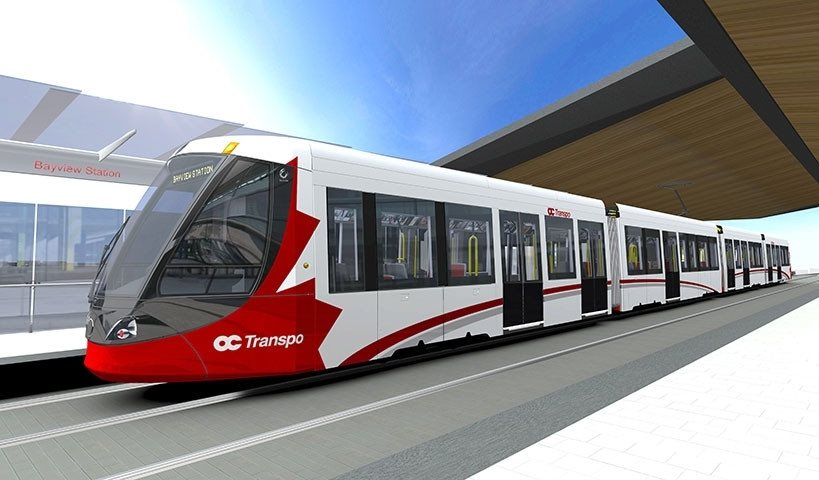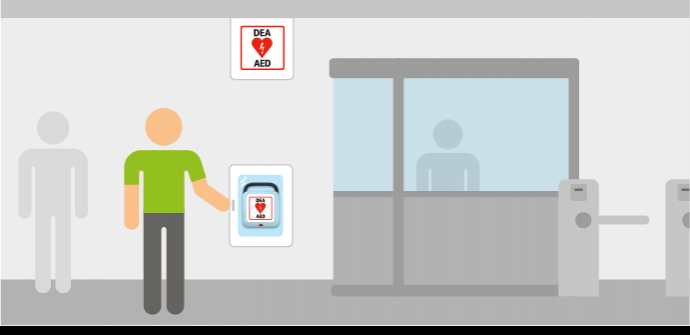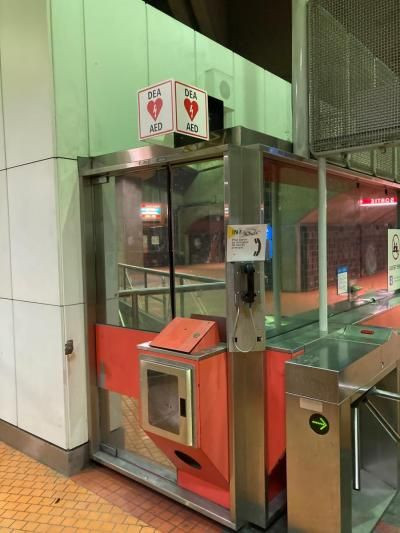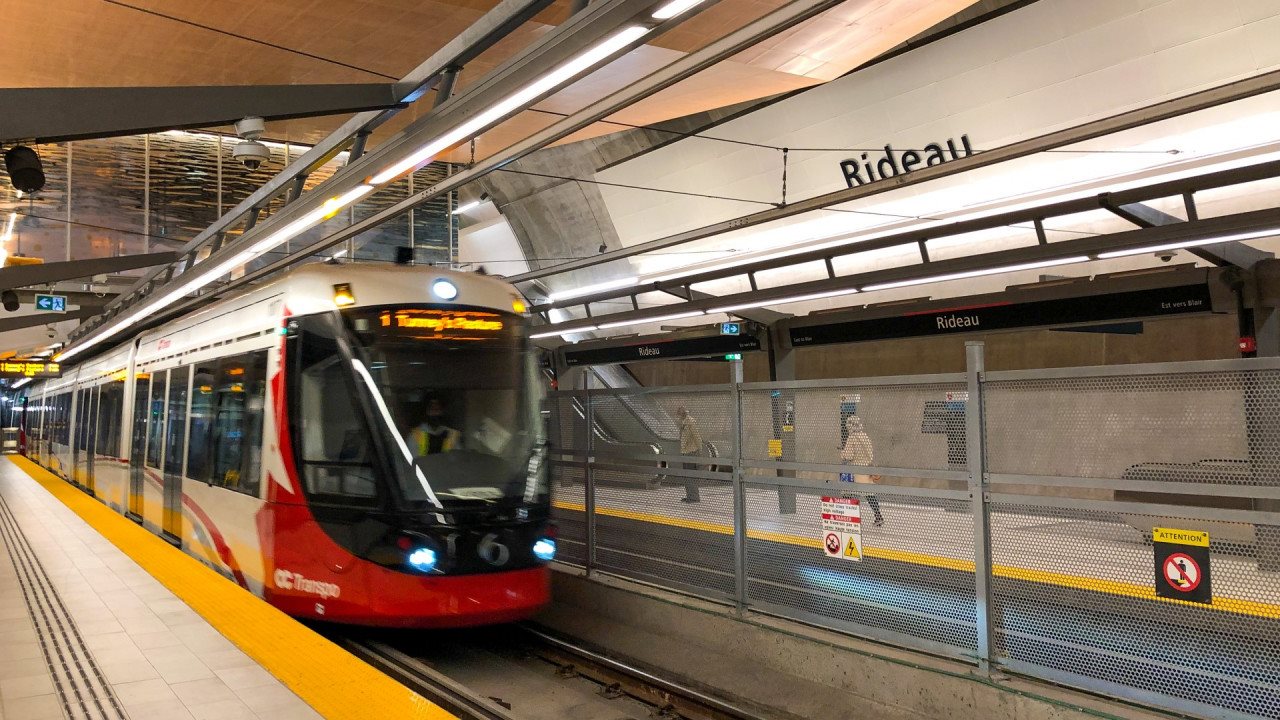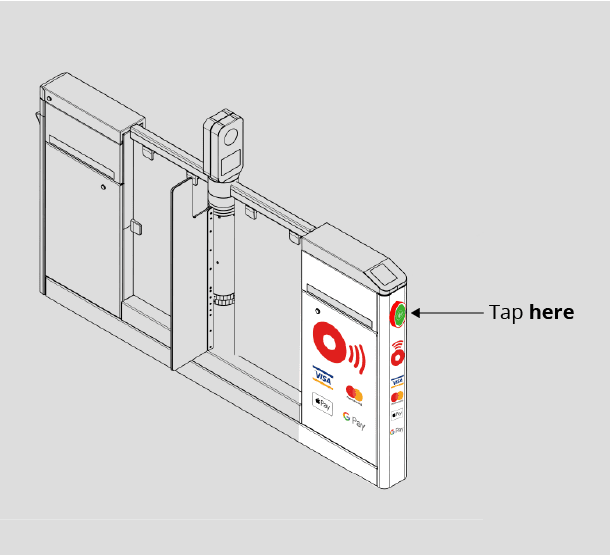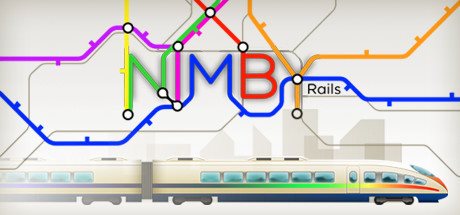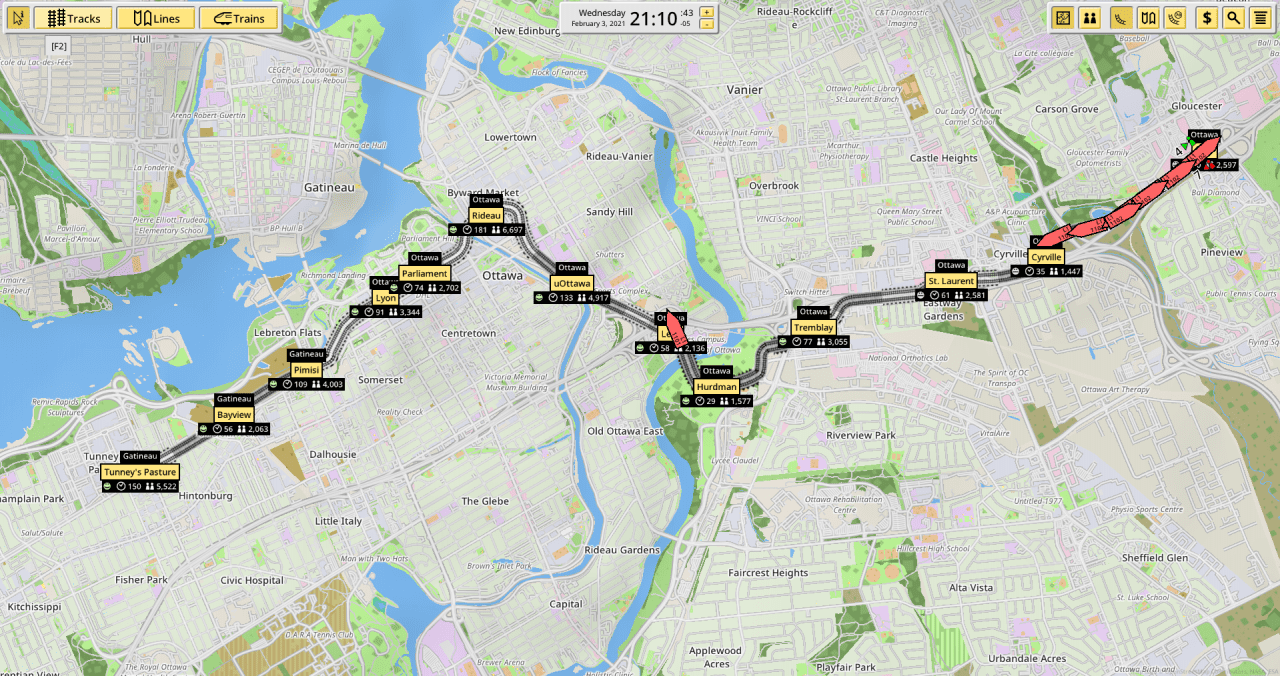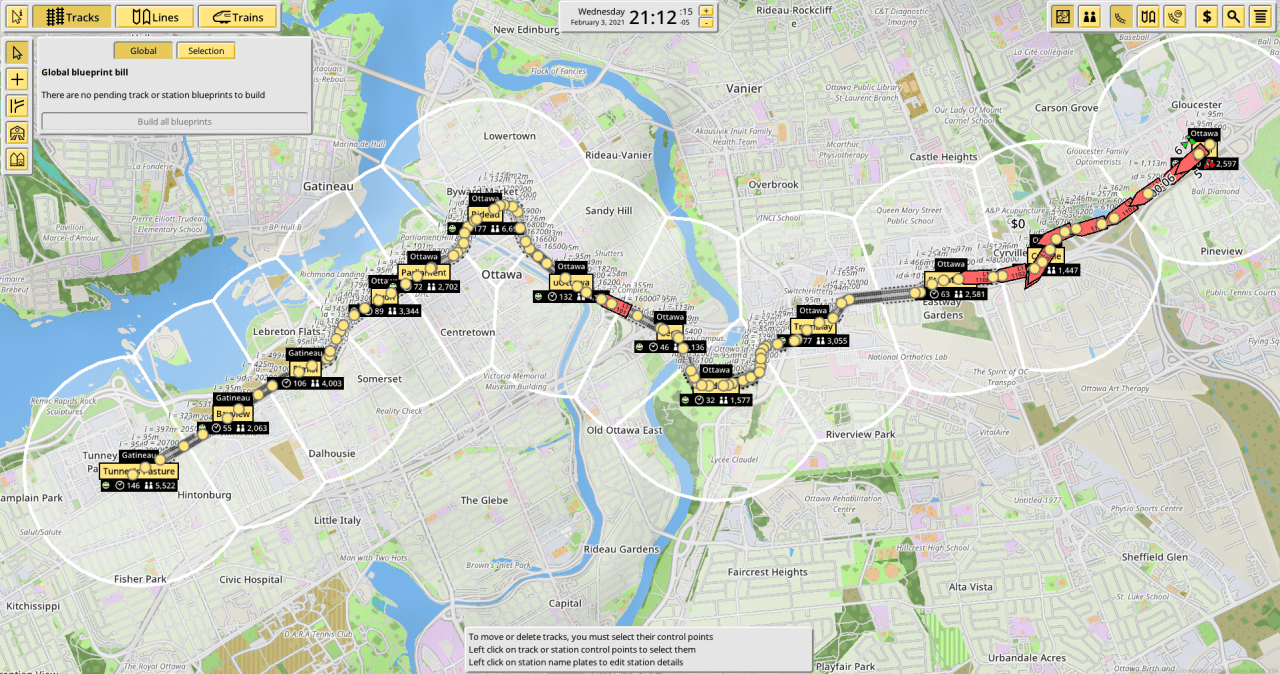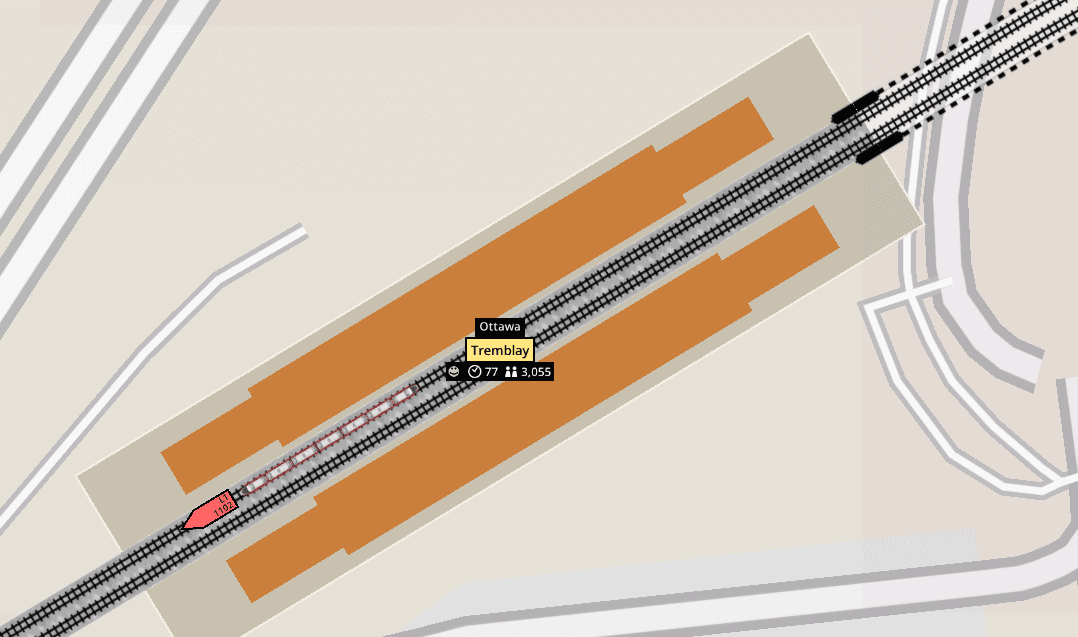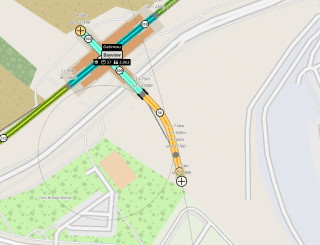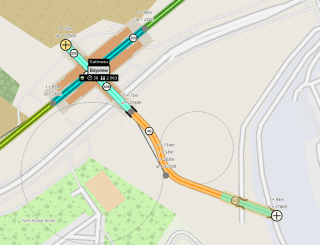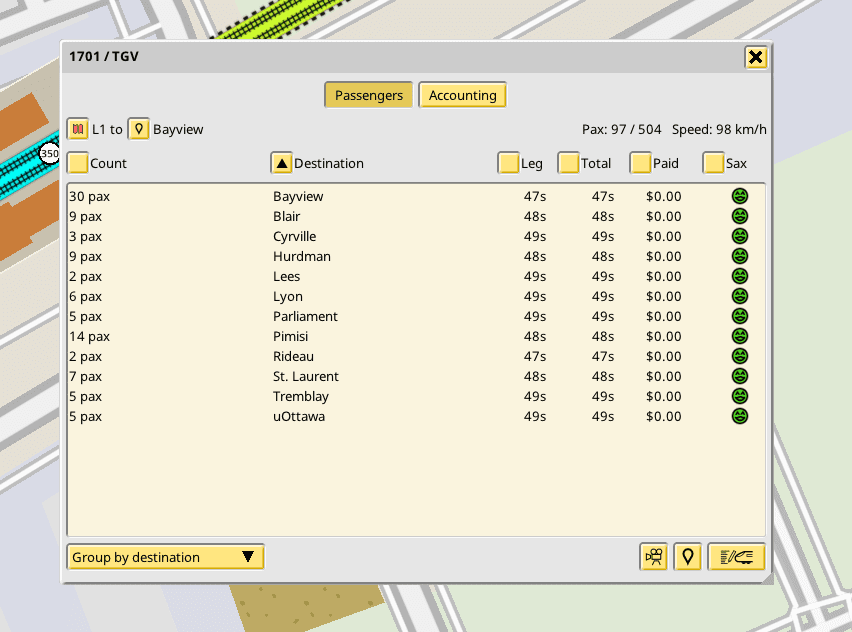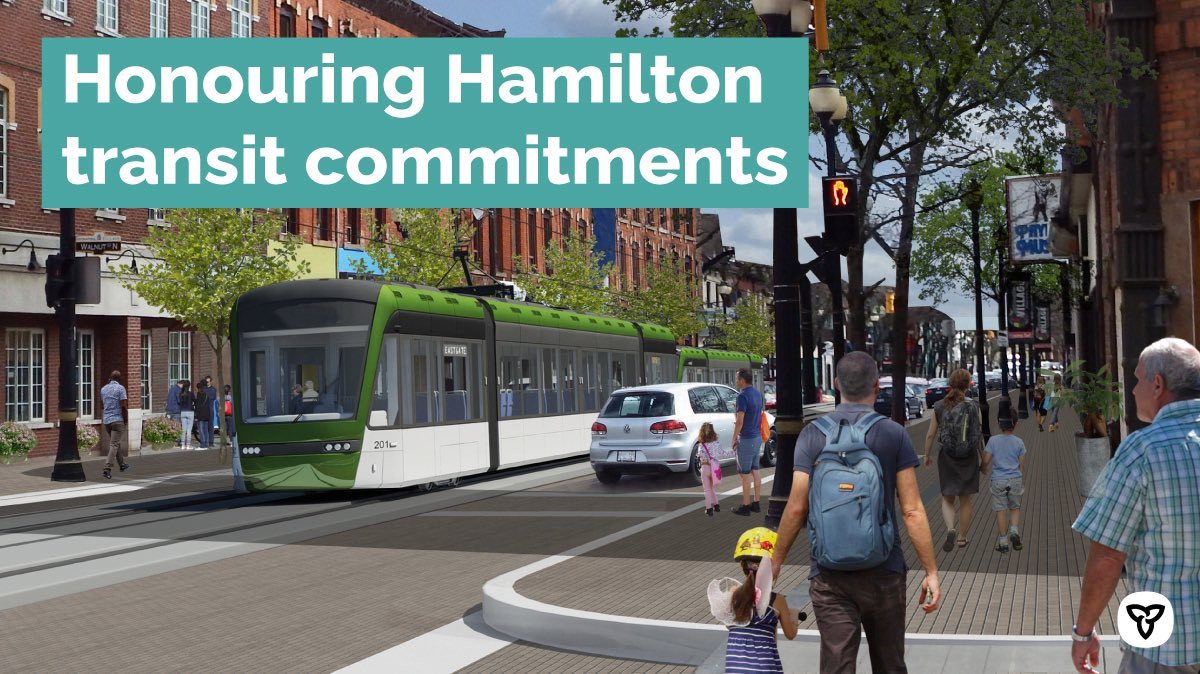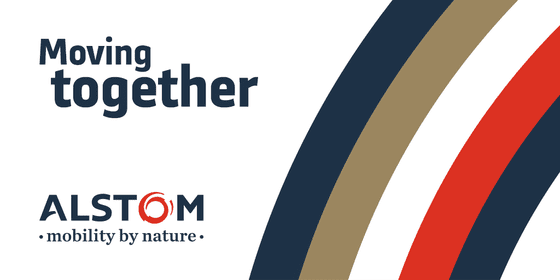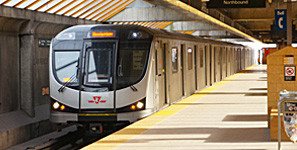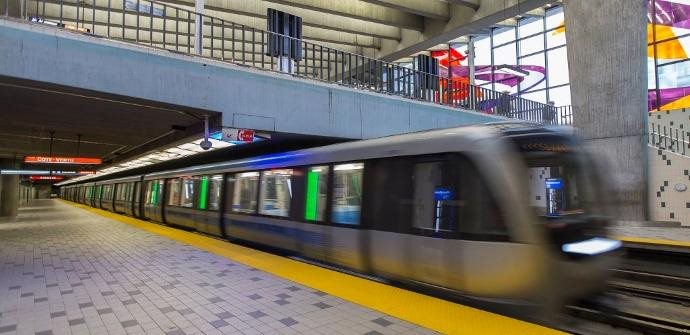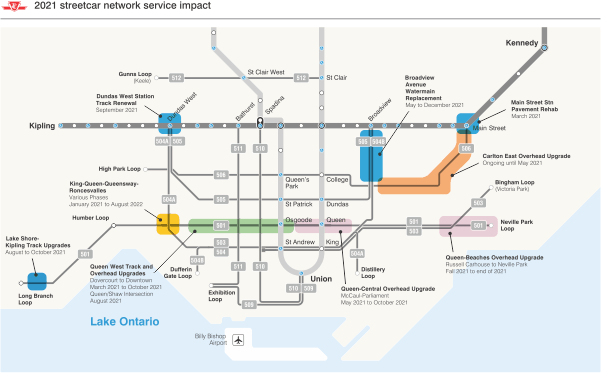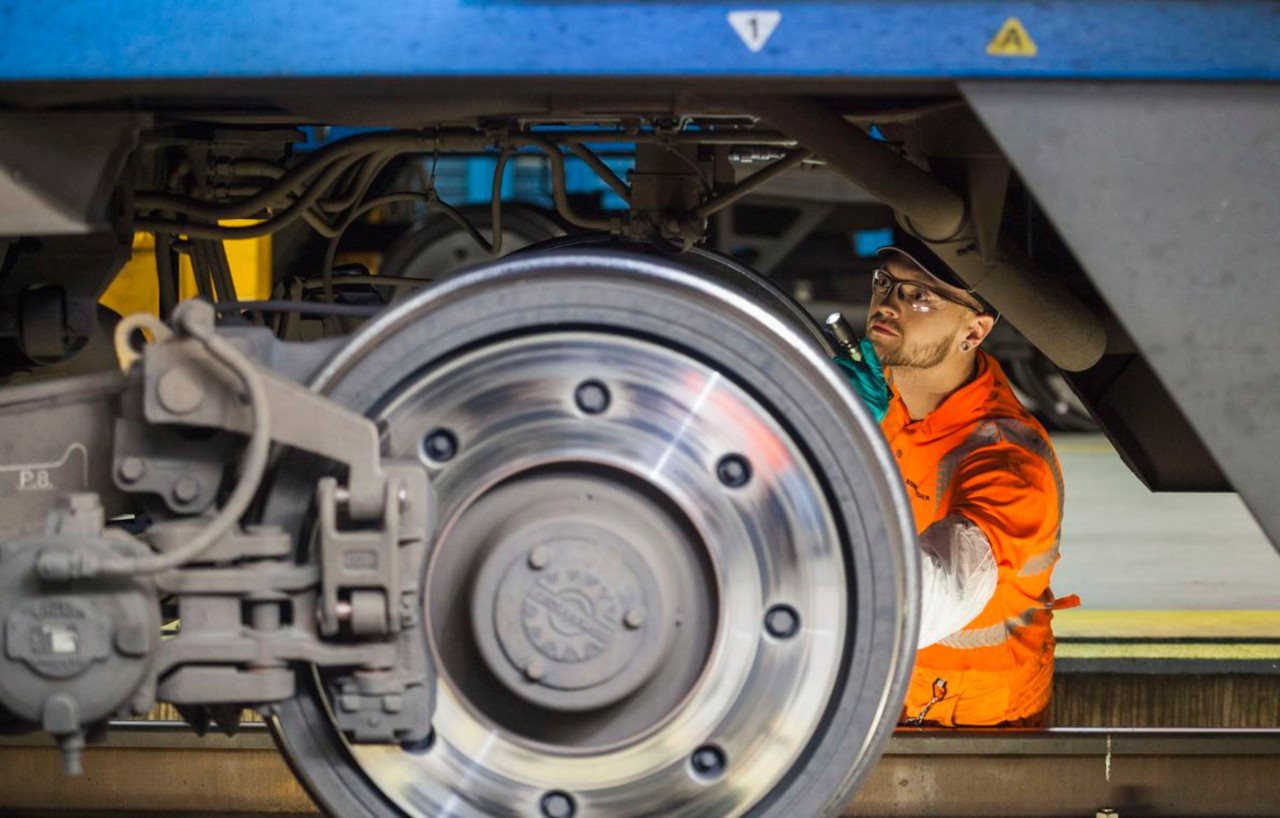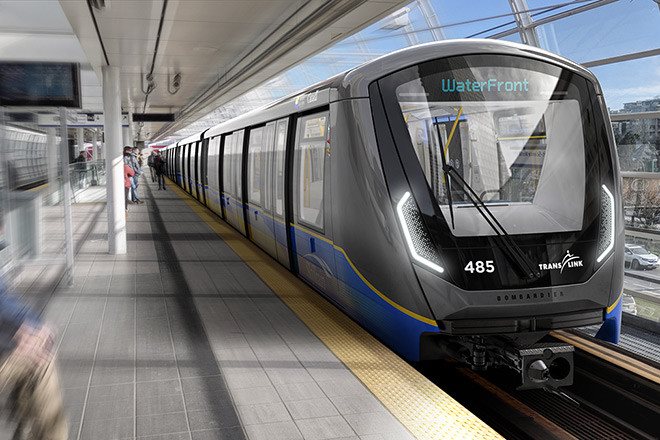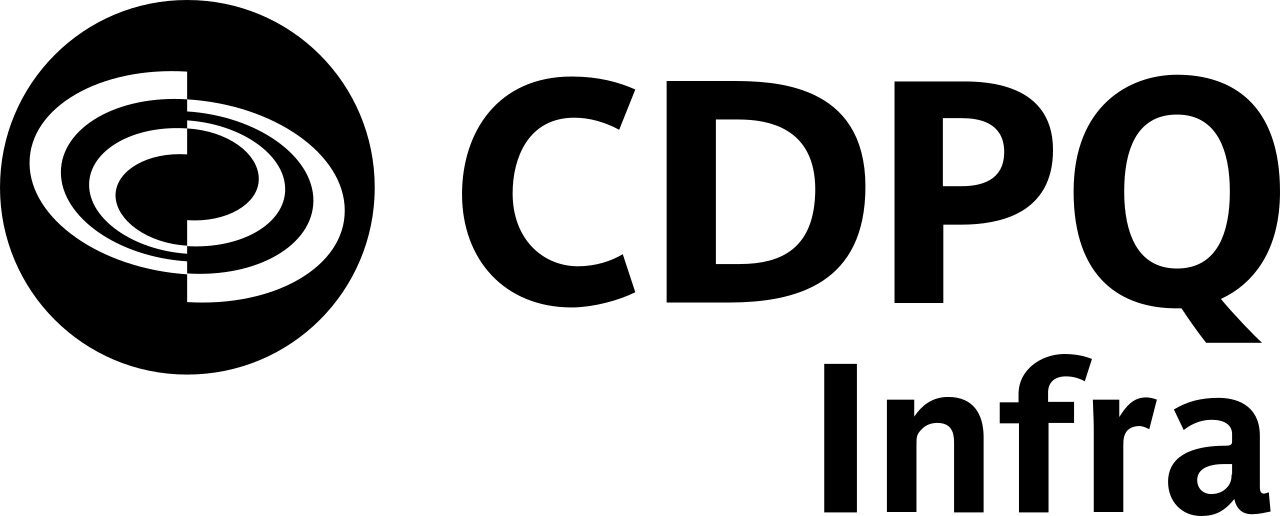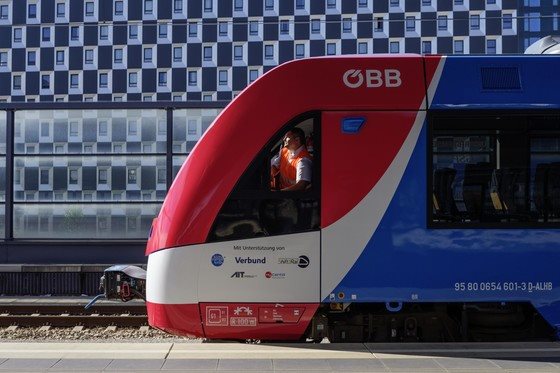Alstom announces today the completion of the acquisition of Bombardier Transportation. Leveraging on its clear Alstom in Motion strategy and its strong operational fundamentals and financial trajectory, Alstom, integrating Bombardier Transportation, will strengthen its leadership in the growing sustainable mobility market by reaching a critical size in all geographies and integrating further solutions and assets to better serve its customers worldwide.
The enlarged Group has a combined proforma revenue of around €15.7 billion[1] and a €71.1 billion[2] combined backlog. It employs 75,000 people worldwide in 70 countries, has unparalleled R&D capabilities and a complete portfolio of products and solutions.
"Today is a unique moment for Alstom and the mobility sector worldwide, with the creation of a new global leader centered on smart and sustainable mobility. More than ever, the world has to engage in a deep environmental and social transition to be able to address the great challenges of urbanization, equal opportunity to economic development and climate change. Transportation, essential to the working and social life but with great environmental impact is at the heart of this transition. Our responsibility, together with the 75,000 people of Alstom today, is to transform our unique set of assets created by this transaction into the enabler of this necessary transformation. Our responsibility is to bring the innovation required for such extreme challenges and that all communities throughout the world, as they are traveling to meet loved ones or to work, can have access to the same quality of service and efficiency, while caring for our planet." said Henri Poupart-Lafarge, Chairman and CEO of Alstom.
A new global leader in smart and sustainable mobility A group serving a growing market
The rail market is supported by fundamental growth drivers, such as accelerated urbanisation, public investment strategies, and the worldwide push for green and digital transformation of transport systems. Despite the pandemic, recent stimulus announcements clearly confirm the development of sustainable mobility and more specifically of rail as a long-term priority. The rail manufacturing market is expected to grow at a 2.3% CAGR by 2025[3].
An increased worldwide reach, building on complementarities of the two groups
The Group will have an unparalleled commercial reach in all geographies thanks to the complementarities of the two companies. While the Alstom Group already had a well-established customer base in France, Italy, Spain, India, South East Asia, Northern Africa and Brazil, Bombardier Transportation will bring strong customer proximity in strategic markets such as the United-Kingdom, Germany, the Nordics, China, and North America. The Group will have now in particular very strong capabilities in Europe and North America, which represent approximately 75% of the OEM accessible market.
As previously announced, the headquarters of Alstom of the Americas will be based in Montréal, Québec – leading all operations in the region – as well as establishing a centre of excellence for design and engineering that will build on Québec's well-established strengths in innovation and sustainable mobility.
Alstom will be even closer to its clients and able to leverage its knowledge of mobility worldwide to offer the best, fit-for-purpose mobility solutions.
A complete portfolio of rail products and solutions, strengthened product lines
The Group will offer mobility operators and network providers products and solutions throughout the entire rail value chain. Integrating Bombardier Transportation, Alstom will have the most complete rail portfolio. In Rolling Stock, its portfolio will range from light rail to very high-speed trains, including new strategic products such as people mover and monorail. The Group will be able to serve its clients in the Services space with a wider maintenance facilities network and larger predictive maintenance capabilities. With a fleet of 150,000 vehicles, Alstom will have the largest installed base worldwide, a unique springboard to further expand its leadership in Services. Its Signalling product line gains significant scale, becoming No. 2 worldwide[4] in terms of revenue, acquiring technological capabilities and commercial capacities in strategic markets, complementary to Alstom's.
A global and balanced footprint to serve clients worldwide
The Group will have access to further strategic industrial capacities with competitive industrial footprint across both mature markets, such as Western Europe, North America, Australia, and growing markets, including Eastern Europe, Mexico and India. Bombardier Transportation brings hubs of expertise for locomotives and bogies in Germany, monorail and people movers in Canada, suburban and regional trains in France and the United-Kingdom, traction in Sweden, along with engineering centres in best cost countries in Thailand. It brings also seven well-established joint-ventures in China. With those immediate strategic additions to Alstom's already diversified footprint, the enlarged Group has access to deeper industrial expertise and is closer to its customers.
Unparalleled R&D capabilities to fuel green and smart innovation
Alstom is already a pioneer in mobility with leading innovations such as the recent hydrogen train, autonomous train operation, energy efficient rolling stock and infrastructure. Bringing together c.17,500 engineering and R&D talents from both groups, consolidating a rich legacy of 10,000 patents and incorporating significant additional technologies from Bombardier Transportation, for example in predictive maintenance, signalling and digital operations, the Group will be able to develop solutions at a faster pace and on a larger scale to make mobility of tomorrow a reality. Alstom is accelerating towards its ambition: be the global innovative player for a sustainable and smart mobility.
Confirmed long-term value creation for all stakeholders
Customers and passengers will benefit from the proximity of Alstom's employees and sites, unmatched innovation capacities, a comprehensive rail product & solutions portfolio, and commitment to an efficient delivery.
The employees of Bombardier Transportation join the Alstom Group as from January 29, 2021. These new talents will enrich Alstom's operational profile at all levels and build, with Alstom's employees, one agile, inclusive and responsible Alstom team.
With rail being the lowest CO2 emissive motorized mode of transportation, the Group is more than ever focused on its ambition to decarbonize mobility. Alstom reaffirms its commitments to create a positive impact in the communities it operates, to provide employees with the best working environment and experience, and to be at the highest standards in terms of responsible business practices.
Alstom confirms its objective to generate €400 million cost synergies on annual run rate basis by the fourth to fifth year[5] and to restore Bombardier Transportation's margin to a standard level in the medium term. The transaction is expected to be double digit EPS accretive from year 2 post closing[6] and to preserve Alstom's strong credit profile with a Baa2 rating.
Shareholding and governance: a new main shareholder with a long-term investment approach
CDPQ (Caisse de dépôt et placement du Québec) today becomes Alstom's main shareholder with 17.5% of Alstom's share capital. CDPQ is committed to a long-term shareholder approach with a strong track record of investing in infrastructure and transport assets.
Bouygues now holds approximately 6% of Alstom's share capital.
In accordance with the resolutions approved by the Alstom's Shareholders' Meeting held on October 29, 2020, Ms Kim Thomassin, representing CDPQ, and Mr Serge Godin joined today Alstom's Board of Directors. Mr Benoit Raillard has been appointed by Alstom's Board of Directors as observer (censeur) upon CDPQ's proposal.
Price and Financing
The reference price was established at €5.5 billion, at the bottom of the range of €5.5 billion to €5.9 billion communicated on September 16th, 2020. The proceeds for the acquisition were established at €4.4 billion, which include the impact of the minimum cash adjustment mechanism based on a negative net cash position of Bombardier Transportation as of December 31st, 2020 and other further contractual adjustments for an amount of €1.1 billion.
The acquisition was financed[7] through the rights issue of around €2 billion completed on December 7, 2020, and part of the senior bond issuance of €750 million completed on January 11, 2021, and by the reserved capital increases to the benefit of affiliates of CDPQ and Bombardier Inc., in total amounts, respectively, of €2.6 billion and €500 million completed today as part of the closing of the transaction[8].
Next steps
Alstom will pursue and finalize sales of certain assets of the combined Group in line with the commitments described in the European Commission's press release on July 31st, 2020. The divestitures will comply with all applicable social processes and consultations with employee representatives' bodies.[9]
Alstom will hold a Capital Markets Day in the summer.
[1] Unaudited pro forma combined revenue for the 12-month period ended March 31, 2020
[2] Calculated by adding up Alstom backlog as of June 2020 (€41.2bn) and Bombardier Transportation backlog as of June 2020 ($33.7bn converted at 1.1284 EUR/USD rate). Bombardier Transportation's backlog figure has not been reviewed for methodological consistency with Alstom's
[3] CAGR between 2017-2019 and 2023-2025 for OEM market - UNIFE Market Study 2020, central scenario (V-shape)
[4] Revenue of signalling activities, based on competitors last publicly available fiscal year (€bn). All figures coming from competitors company fillings, Player #1 and Player #4 completed with Alstom internal estimations; Excluding competitors with a main focus on Chinese domestic market
[5] Post-closing of the acquisition
[6] After cost synergies and implementation costs, and before PPA amortization
[7] The financing proceeds will also contribute to finance the net debt/ cash position of Bombardier Transportation
[8] CDPQ's affiliate, CDP Investissements Inc., subscribed for 64,680,147 new ordinary shares and Bombardier Inc's affiliate, Bombardier UK Holding Limited, subscribed for 11,504,149 new ordinary shares respectively at adjusted subscription prices of approximately €40.67 and approximately €43.46, adjustment resulting of the completion of right issue on December 7, 2020
[9] Alstom will adhere to its divestment and behavioral commitments as part of the European Commission clearance of the acquisition. Details on the behavioral commitments relating to certain on-board units and train control management systems including relevant contact details are available at https://www.alstom.com/obu-commitments
Source : Alstom
